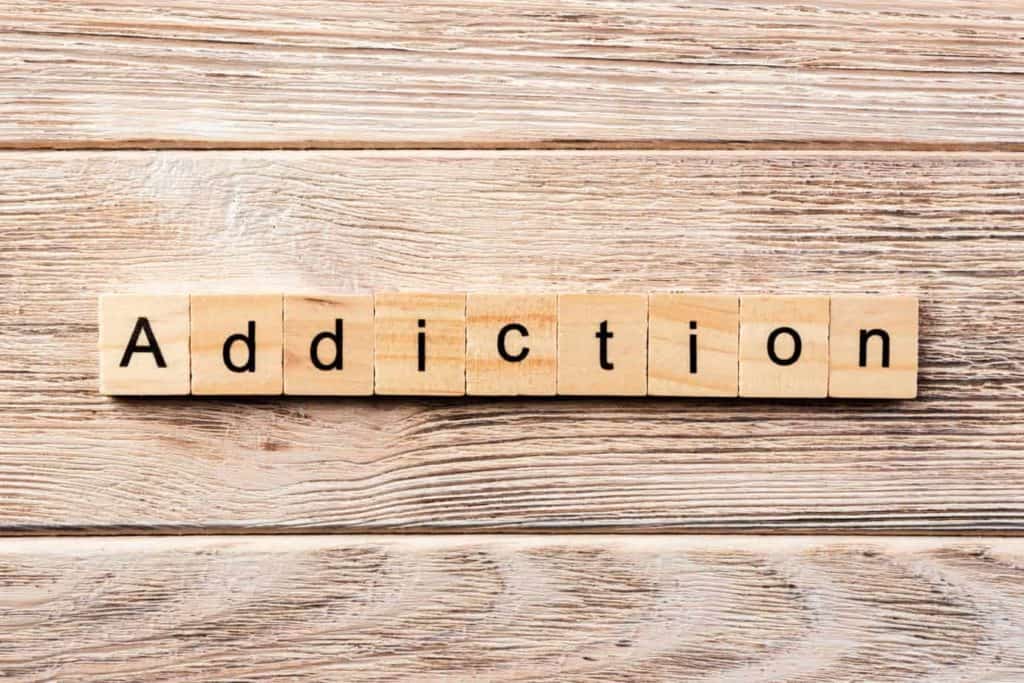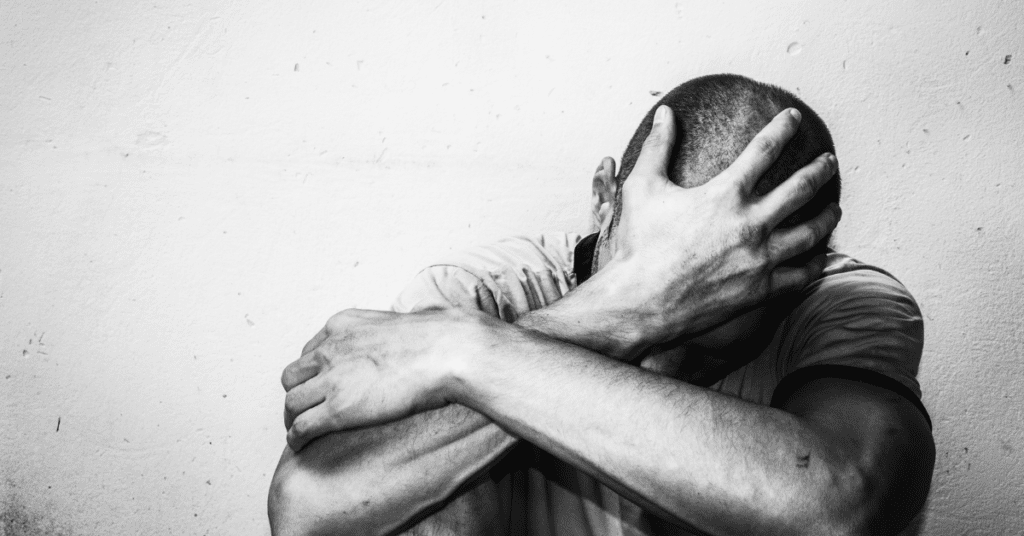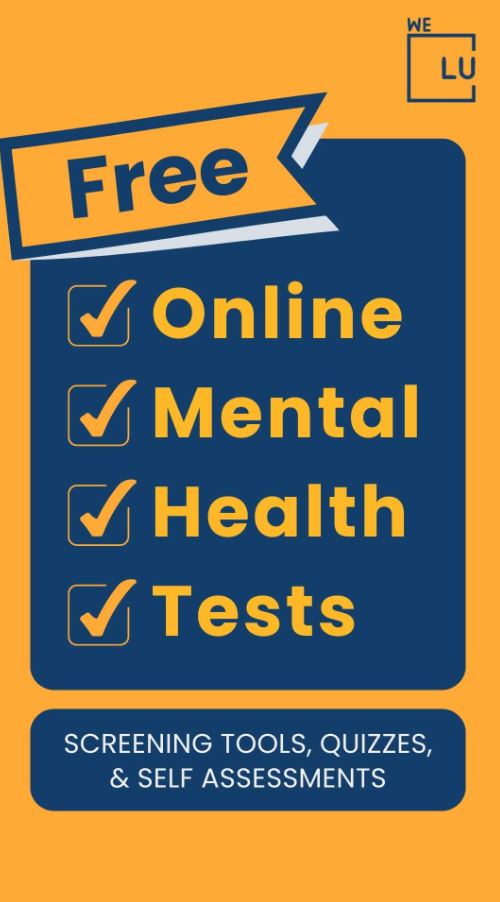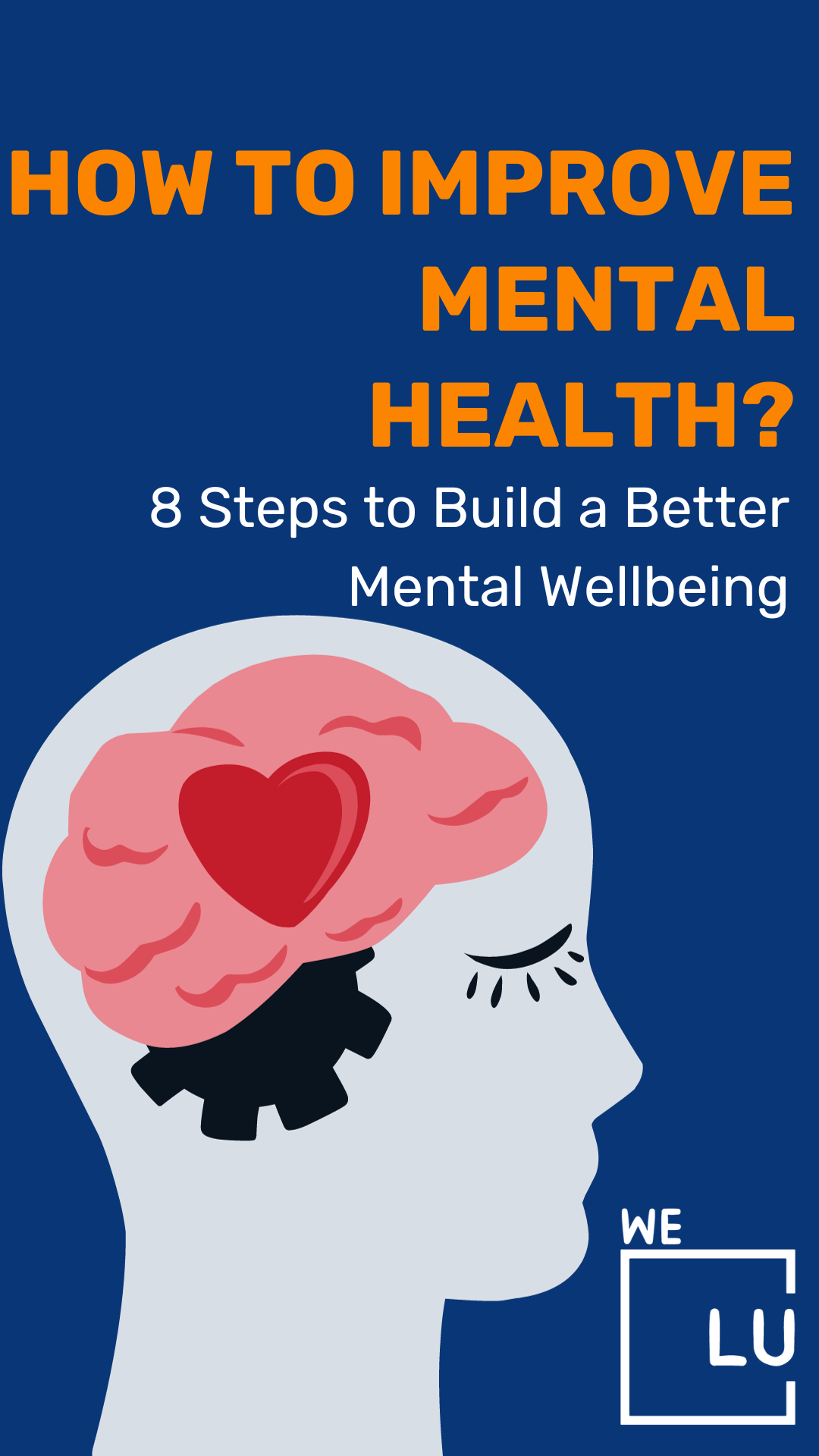Snorting Black Tar Heroin
Like pure heroin, black tar heroin use has many forms. It can be injected directly into the user’s veins, which is the most common way of consuming this drug. But because it’s sticky, black tar heroin tends to clog needles. Instead of injecting, though, can you snort black tar heroin? Snorting black tar heroin is also possible. Each route of administration comes with its own dangers. If you snort black tar heroin, it may cause serious respiratory problems, while injecting it can lead to dangerous infections like wound botulism or blood-borne illnesses like HIV and hepatitis.
Snorting black tar heroin, also known as insufflation, is an uncommon method of black tar heroin use. This may cause a slower onset of effects compared to injecting heroin or inhaling its vapors when heated, but it can still pose dangers such as overdose, stopped breathing, and risk of heroin addiction. It is an illicit opioid drug typically used for its ability to produce euphoric effects. Snorting black tar heroin is a less common method of administration that can have dangerous health consequences.
What Is Black Tar Heroin?
Black tar heroin is a dangerous type of heroin, and it looks different compared to powdered heroin. It resembles a sticky chunk of blackish brownish substance. It is produced in a very crude way and is comparatively unrefined compared to white powder heroin [1]. Heroin is a semi-synthetic opioid made from morphine, a naturally occurring opiate in the poppy plant. An opioid is a drug that activates opioid receptors in the brain. Black tar heroin is a controlled substance with an extremely high potential for addiction and can be deadly in the case of overdose.
Black tar heroin, also known as “Black Dragon,” is a smokable form of heroin. It can be dissolved and heated so it can be shot intravenously through needles. Black tar heroin can have potent analgesic and depressant effects. It enters the brain rapidly and binds to opioid receptors on cells located in many areas, especially those involved in feelings of pain and pleasure and in controlling heart rate, sleeping, and breathing. People believe that black tar heroin isn’t as pure and think that it isn’t as strong as its white powder form. However, it is just as powerful. This mistake can easily lead to people overdosing, thinking that they need more to get the same high.
The popularity of black tar heroin in the U.S. began in the 1970s because it is cheaper and easier to produce than its white counterpart [2]. Most street heroin is “cut” with other drugs or with substances such as starch, sugar, quinine, powdered milk, strychnine, and fentanyl. Many people first begin using black tar heroin after previously using prescription opioid painkillers. In some cases, they don’t even realize what they’re using is heroin. Additional ways you can identify black tar heroin include inspecting the odor and the texture of the substance. This begs the question, “what does black tar heroin smell like?” To overcome an addiction to black heroin, treatment within an inpatient drug rehab program is recommended.
What Does Black Tar Heroin Look Like?
Black tar heroin is a solid form of heroin that can be sticky or hard as a rock. The appearance of black tar heroin may vary based on added fillers, additives, or cutting agents. The dark color appearance of black tar results from synthetic processing that leaves behind remnants of chemical and bacterial impurities. It is believed that this solid form of heroin is not as potent as pure heroin. The consistency of black tar heroin-as well as other identifying characteristics, such as its smell—may vary according to manufacturing methods and place of origin.

Side Effects Of Snorting Black Tar Heroin
The side effects of snorting black tar heroin may be felt within minutes of use. These side effects can vary depending on the dose taken, drug purity, and other personal factors.
Side effects of snorting black tar heroin might include:
- Euphoria
- Drowsiness
- Dry mouth
- Flushed skin
- Nausea and vomiting
- Fatigue
- Slow breathing
- Itching

Skip To:
Learn More:
After the initial rush of the heroin wears off, a person may experience drowsiness and itching for some hours afterward.

Get Your Life Back
Find Hope & Recovery. Get Safe Comfortable Detox, Addiction Rehab & Dual Diagnosis High-Quality Care.
Hotline(844) 597-1011Heroin Drug Facts Sheet
Heroin
Heroin is an opioid drug made from morphine, a natural substance from the seed pod of the various opium poppy plants grown in Southeast and Southwest Asia, Mexico, and Colombia. Heroin can be a white or brown powder or a black sticky substance known as black tar heroin.
How do people use heroin?
People inject, sniff, snort, or smoke heroin. Some people mix heroin with crack cocaine, a practice called speedballing.
What are the effects of heroin?
Heroin enters the brain rapidly and binds to opioid receptors on cells located in many areas, especially those involved in feelings of pain and pleasure and in controlling heart rate, sleeping, and breathing.
Short-Term Effects
People who use heroin report feeling a “rush” (a surge of pleasure or euphoria). However, there are other common effects, including:
- Dry mouth
- Warm flushing of the skin
- Heavy feeling in the arms and legs
- Nausea and vomiting
Long-Term Effects
People who use heroin over the long term may develop the following:
- Insomnia
- Collapsed veins for people who inject the drug
- Damaged tissue inside the nose for people who sniff or snort it
- Infection of the heart lining and valves
- Abscesses (swollen tissue filled with pus)
- Constipation and stomach cramping
- Liver and kidney disease
Heroin Fast Facts Made Publicly Available by the National Drug Intelligence Center (NDIC) for Substance Use Disorder Awareness
Heroin Drug Abuse Statistics
In 2020, heroin-involved overdose death rates decreased by nearly 7% 2019 to 2020. However, more than 13,000 people died from a drug overdose involving heroin in the United States, a rate of more than four deaths for every 100,000 Americans. The number of heroin-involved overdose deaths was nearly seven times higher in 2020 than in 1999. Almost 20% of all opioid deaths involved heroin.
626,000
Roughly 626,000 Americans had a heroin addiction in 2016.
Source: NIDA
60%
When someone uses heroin, they have a 50 to 60 percent chance of developing an addiction.
Source: NIDA
13,000
More than 13,000 people died from a drug overdose involving heroin in the United States.
Source: NIDA
Get Help. Get Better. Get Your Life Back.
Searching for Accredited Drug and Alcohol Rehab Centers Near You?
Even if you have failed previously and relapsed, or are in the middle of a difficult crisis, we stand ready to support you. Our trusted behavioral health specialists will not give up on you. When you feel ready or just want someone to speak to about therapy alternatives to change your life call us. Even if we cannot assist you, we will lead you to wherever you can get support. There is no obligation. Call our hotline today.
(844) 597-1011Black Tar Heroines Effects
Black tar heroin effects can include euphoria, relaxation, and feeling very exhausted. As with other forms of the drug, users can feel impaired, nauseous, and like they lack concentration and coordination. Other black tar heroin effects include itching, constipation, diarrhea, and dry mouth.
One of the most destructive black tar heroin effects, aside from overdosing, is the risk of dependence and addiction. Black tar heroin is also dangerous due to its unknown content [3]. Black tar heroin often contains additives and substances that can cause infections and health problems on their own.
When someone uses this drug intravenously, they’re at a higher risk of getting an infection at the site where they inject it. Common infections include necrotizing fasciitis, staph infections, and cellulitis. There’s also a higher risk of damage to the veins in individuals who inject black tar heroin, and it can lead to a collapsed vein.
Dangers Of Black Tar Heroin
Black tar heroin puts your physical and mental health in jeopardy. Taking any form of heroin comes with the same risks. Short-term and long-term effects of black tar heroin abuse can include:
Infections
Black tar heroin can suppress and decrease T and B immune cells. It can lower someone’s ability to combat infections, bacteria, and viruses. The way a person uses black tar heroin and other forms of the drug can also put them at risk for infection.
Individuals who use black tar heroin as an injection drug and share needles are at risk for hepatitis C and HIV. In the case of black tar heroin abuse, they are frequently mixed with alcohol or other toxic substances, which increases the risk of overdose.
Black tar heroin users were at higher risk for wound botulism. Wound botulism is a potentially lethal, flaccid, paralysis that results when spores of Clostridium botulinum germinate in a wound and elaborate neurotoxin. This can lead to muscle weakness and breathing difficulties and can be deadly.
Brain Damage
Excessive use of black tar heroin can cause a lack of oxygen to the brain leading to overdose and long-term effects on movement, mood, vision, and other vital functions. More severe heroin overdoses may cause a person to stop breathing entirely, triggering even more severe brain damage. In this case, the effects are similar to a stroke. Depending on the area of the brain deprived of oxygen, a person may have a wide range of symptoms, including:
- Trouble with reading and writing
- Memory loss
- Vision and hearing loss
- Loss of balance and coordination
- Problems walking or moving
- Irritability, depression, or confusion
Opioids such as black tar heroin make the brain more sensitive to pain, causing some people to perceive even the slightest touch as painful. This can prove especially problematic for people who take opioids for chronic pain.
Heart Attack
Chronic black tar heroin injectors may develop collapsed veins, and infection of the valves and heart linings. Other cardiovascular effects include heart failure, blood vessel damage, low blood pressure, collapsed veins, and heart attack. Out-of-hospital cardiac arrests triggered by opioid overdose are a significant cause of death among adults 25 to 64.
Lung Disease
Lung problems, including various types of pneumonia, may result from the poor health of the user as well as from heroin’s depressing effects on respiration. In addition to the effects of the drug itself, street heroin often contains toxic contaminants or additives that can clog blood vessels leading to the lungs, liver, kidneys, or brain, causing permanent damage to these vital organs. Opioid use was associated with an increased risk for adverse respiratory outcomes, including respiratory-related death, among older adults with chronic obstructive pulmonary diseases COPD.
First-class Facilities & Amenities
World-class High-Quality Addiction & Mental Health Rehabilitation Treatment
Rehab Centers TourRenowned Addiction Centers. Serene Private Facilities. Inpatient rehab programs vary.
Addiction Helpline(844) 597-1011Proven recovery success experience, backed by a Team w/ History of:
15+
Years of Unified Experience
100s
5-Star Reviews Across Our Centers
10K
Recovery Success Stories Across Our Network
- Low Patient to Therapist Ratio
- Onsite Medical Detox Center
- Comprehensive Dual-Diagnosis Treatment
- Complimentary Family & Alumni Programs
- Coaching, Recovery & Personal Development Events
Black Tar Heroin Overdose
Whatever the form, prescription opioids, powdered heroin, or black tar heroin, a user is always at risk for overdose. When people overdose on heroin, their breathing often slows or stops. This can decrease the amount of oxygen that reaches the brain, a condition called hypoxia.
Hypoxia can have short- and long-term mental effects and effects on the nervous system, including permanent brain damage and coma. In 2014, the U.S. Food and Drug Administration (FDA) approved the use of a medicine called naloxone (brand name Narcan) to reverse the effects of a heroin overdose. This type of medicine is called an antidote.
There is evidence that drug dealers may be adding fentanyl to black tar heroin to increase the potency of their products. Therefore, many users who test positive for fentanyl and its analogs do not realize that they took the substance. Fentanyl is a potent synthetic opioid that is used as a pain reliever and as an anesthetic. It is approximately 50-100 times more potent than morphine.

Signs Of Black Tar Heroin Overdose
- Slow pulse
- Extreme drowsiness
- Bluish lips and nails
- Stomach or intestinal spasms
- Passing out
- Uncontrollable muscle movements
- Disorientation or confusion
- Shallow or no breathing
- Low blood pressure
- Weak pulse
- Delirium
- Dry mouth
- Tongue discoloration
- Very small pupils (pinpoint pupils)
Difference Between Heroin and Black Tar Heroin
Black Tar Heroin
Black tar resembles roofing tar and is dark in color. Its appearance is attributed to its crude manufacturing process.
Composition
Black tar heroin has a solid, rock-like texture that may be smoked, or crushed into powder before snorting, or injecting.
Purity
This drug is known for being less pure than powder heroin and may be no more than 30-40% pure.
Methods of Abuse
This form of the drug requires heating in order to liquefy into an aqueous solution before injecting.
White Powder Heroin
White powder heroin is the most popular form of heroin on the drug market.
Its light color and appearance may vary due to the cutting and bulking agents used. This powder form of heroin may be snorted, injected, or smoked.
Powder heroin is known for its purity. Compared to black tar heroin, it tends to have the purest concentration levels of the drug.
White powder heroin is a water-soluble salt form of the drug with a high burning temperature, making it more common to inject rather than smoke.
Black Tar Heroin Addiction
Black tar heroin addiction can result in many damaging consequences including; mental and physical health problems, overdose, and family, social, and legal problems. Continuing to use black tar heroin, despite the negative consequences, is a classic sign of substance use disorder.

As black tar heroin enters the brain, it activates opioid receptors that release dopamine, the neurotransmitter that signals the sense of pleasure and relaxation. Depending on how the black tar heroin is ingested, how potent it is, how much is used, and the tolerance of the person using it, dopamine floods the brain and causes euphoria.
This “rush” sends a sense of warmth and numbness throughout the person’s body as it flows through the bloodstream, followed by the depression of central nervous system (CNS) functions including; reduction of pain and other stimuli, depressed heart rate, blood pressure, breathing, and the sedative effects known as “nodding off”.
Symptoms of Black Tar Heroin Addiction
Symptoms of black tar heroin addiction include:
- Depression
- Bloodshot eyes
- Sudden weight loss
- Secretive behavior
- Paranoia
- Changes in appearance
- Lack of motivation
- Extreme drowsiness or nodding off
- Slurred speech
- Shortness of breath
- Constipation
- Collapsed veins
- Severe itchiness
- Nausea
- Vomiting
World-class, Accredited, 5-Star Reviewed, Effective Addiction & Mental Health Programs. Complete Behavioral Health Inpatient Rehab, Detox plus Co-occuring Disorders Therapy.
CALL(844) 597-1011End the Addiction Pain. End the Emotional Rollercoaster. Get Your Life Back. Start Drug, Alcohol & Dual Diagnosis Mental Health Treatment Now. Get Free No-obligation Guidance by Substance Abuse Specialists Who Understand Addiction & Mental Health Recovery & Know How to Help.
Black Tar Heroin Addiction Treatment
Black tar heroin addiction is a chronic disease and should be treated the same as other chronic diseases. Like those, it should constantly be monitored and managed. Heroin is a type of opioid. Opioid addiction treatment is different for each individual. The main purpose of opioid addiction treatment is to help the person stop using the drug. Opioid addiction treatment also can help the person avoid using it again in the future.
The body does go through specific symptom stages known as the opioid withdrawal timeline. The opioid withdrawal timeline varies from a few days to a few weeks, depending on the type of opioid that was used, how long it was used, and any other substances that may have been used in conjunction with opioids as well. Medically managed withdrawal opioid detox ensures the individual remains safe and stays as comfortable as possible.
Detox Treatment
The first step in treatment is medical detox. It will help you navigate the complicated withdrawal process, but it doesn’t address patterns of thought and behavior that contribute to black tar heroin abuse. Various treatment approaches and settings can help provide the ongoing support necessary to maintain long-term sobriety after you complete detox.
Cravings are very common during detox and can be challenging to overcome. This often leads to relapse. Constant medical care provided during inpatient treatment helps prevent relapse. Clinicians can provide the necessary medication and medical expertise to lessen cravings and the effects of withdrawals.
Psychotherapy
Several different modalities of psychotherapy have been used in the treatment of depression, including:
- Cognitive Behavioral Therapy (CBT) – is an effective treatment that involves making changes in both the patterns of negative thoughts and the behavioral routines which are affecting the daily life of the depressed person for various forms of depression.
- Dialectical Behavior Therapy – is a comprehensive mental health and substance abuse treatment program whose ultimate goal is to aid patients in their efforts to build a life worth living. The main goal of DBT is to help a person develop what is referred to as a “clear mind.”
- Person-Centered Therapy – is a strategy that allows and encourages clients to understand and resolve their concerns in a safe, supportive environment.
Dual Diagnosis Treatment
Substance abuse and mental health disorders often co-occur. In many cases, traumatic experiences can result in a mental health disorders and substance abuse. Dual diagnosis programs treat both of these issues together. The best approach for the treatment of dual diagnosis is an integrated system. In this strategy, both the substance abuse problem and the mental disorder are treated simultaneously. Regardless of which diagnosis (mental health or substance abuse problem) came first, long-term recovery will depend largely on the treatment for both disorders done by the same team or provider.
Medication-Assisted Treatments
Medication-Assisted Treatments (MAT) for substance use disorders and mental health disorders are commonly used in conjunction with one another. This includes the use of medications and other medical procedures. During your rehab, the staff from your treatment facility will help you identify what caused your addiction and teach you skills that will help you change your behavior patterns and challenge the negative thoughts that led to your addiction. Sometimes, the pressures and problems in your life lead you to rely on substances to help you forget about them momentarily.
Now that we’ve answered the question” what does black tar heroin smell like?”, hopefully, this will give you an idea of what drugs you’re dealing with. If you or your loved one is suffering from Opioid withdrawal symptoms and addictions, and at some point experienced opioid overdose symptoms, indeed, help is just a phone call away. Professional opioid addiction treatment is necessary for fast and effective recovery. Contact us today at We Level Up treatment facility. We provide the utmost care with doctors and medical staff available 24/7 for life-changing and lasting recovery. We offer an enhanced opportunity to return to a fulfilling and productive life.

Experience Transformative Recovery at We Level Up Treatment Centers.
See our authentic success stories. Get inspired. Get the help you deserve.
Start a New Life
Begin with a free call to an addiction & behavioral health treatment advisor. Learn more about our dual-diagnosis programs. The We Level Up Treatment Center Network delivers recovery programs that vary by each treatment facility. Call to learn more.
- Personalized Care
- Caring Accountable Staff
- World-class Amenities
- Licensed & Accredited
- Renowned w/ 100s 5-Star Reviews
We’ll Call You
Search We Level Up Can You Snort Black Tar Heroin Topics & Resources
Sources:
[1] US Department of Justice – https://www.ojp.gov/ncjrs/virtual-library/abstracts/chasing-black-dragon
[2] NYC Health – https://www1.nyc.gov/site/doh/health/health-topics/heroin.page
[3] NCBI – https://pubmed.ncbi.nlm.nih.gov/9516001/
[4] CDC – https://www.cdc.gov/mmwr/volumes/67/wr/mm675152a3.htm
[5] WHO – https://www.who.int/news-room/fact-sheets/detail/opioid-overdose
[6]Black Tar Heroin Addiction – We Level Up NJ
Centers for Disease Control and Prevention. (2021, March 18). Opioid overdose: opioid basics: heroin.
Maxwell, J. C., & Spence, R. T. (2006). An Exploratory Study of Inhalers and Injectors Who Used Black Tar Heroin. Journal of maintenance in the addictions, 3(1), 61–82.
National Institute on Drug Abuse. (2021, April 13). What are the medical complications of chronic heroin use?
National Institute on Drug Abuse. (2021, April 13). What is heroin and how is it used?





